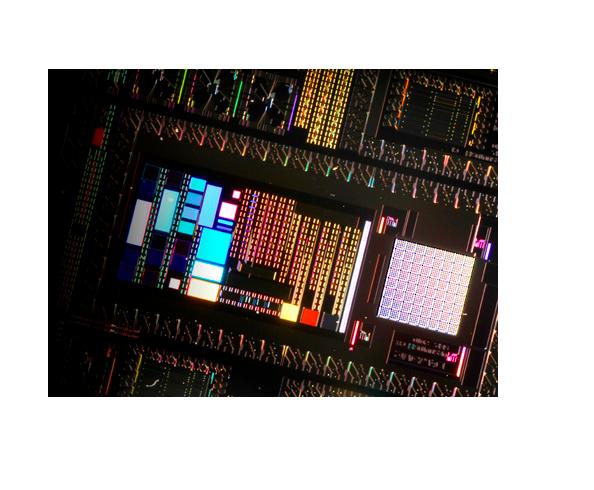
Vancouver’s D-Wave Systems has been working on their revolutionary quantum chip technology for almost eight years. The start-up’s work promises to unleash unbelievable amounts of computing power that would help make solving today toughest computing issues much easier. Although their intent in undeniable, their actual work has not been able to bear any fruit as of yet, garnering the firm a negative reputation. Now Amazon’s Jeff Bezos and the CIA’s investment arm, In-Q-Tel, are betting on the Canada based D-Wave Systems to deliver the goods. The two heavy weights and a group of other investors have sunk $30 million dollars into D-Wave Systems to see if they can achieve what they propose.
D-Wave System has developed the world’s coldest spot for their quantum processor and the chip is developed for optimization problems. The reason that the firm chose to focus on optimization is because it is the underlying issue for finding answers for many modern problems in medicine, physics and chemistry. Geordie Rose, D-Wave’s founder and chief technology officer states that, “Virtually everything has to do with optimization, and it’s the bedrock of machine learning, which underlies virtually all the wealth creation on the Internet.”
The technology will be a big step in perfecting Artificial Intelligence aspects like machine learning. The Canadian firm’s technology, if it is successful, would become a major part of speech recognition, product recommendation tools and a major component of firms dealing with big data. Another sector that is waiting for the technology is the intelligence departments of the US. Robert Ames, vice president for information and communication technologies at In-Q-Tel, says that, “Our intelligence community customers have many complex problems that tax classical computing architecture”. By customers he means the CIA and National Security Agency.
In 2007, D-Wave’s Rose, presented his proof-of-concept processor to journalists. At the time the chip solved soduko puzzles and impressed many people. However, the company has gone into hibernation as far as the media is concerned and no new reports or big news has come out of the firm until recently, when the firm was able to get Bezos and In-Q-Tel on board as investors. There has been other recent activity including the start up nabbing its first customer. Lockheed Martin has agreed to pay D-Wave $10 million to use their computer to detect software bugs.
Even with all the progress the company has made, no one is quite sure how D-Wave will make quantum computing possible.
D-Wave has developed large computers that have super-cooled gases circulating inside the structure. The one inch chip sits inside these black boxes at a temperature of -259 °F (4 °Kelvin) and is made of niobium alloy which becomes superconductive at ultra low temperatures. Like other chips, D-Waves processors have logic gates, but these are made of loops from the niobium alloy. These are called qubits and they trap electrical currents that define if they are 1 or 0 based on the rotation in the loop. The processors are basically hard coded to solve a specific optimization problem and the data is fed into it setting the 1’s and 0’s into the qubits. These will then make up a new pattern once they assume a new pattern that has a lower state of energy and this is a solution to the problem.
D-Waves scientists claim that the wait for the answer is where all the quantum magic happens. This is when the qubits are neither 1 or 0 and they are in a state that is both. This allows the qubits to go through all possibilities before they figure out the simplest solution to the problem.
Investors seem to be satisfied but some academics are skeptical. MIT professor, Scott Aaronson, says “At an engineering level they’ve put together a setup that’s impressive in various ways. But in terms of the evidence that they’re solving problems using quantum mechanics faster than you could classically, I don’t think it’s there yet.” He goes on to say that, “In the past there was an enormous gap between the marketing claims and where the science was and that’s come down, but there’s still a gap. The burden of proof is on them and they haven’t met the burden yet.”
Source: Technology Review
Photo: D Wave